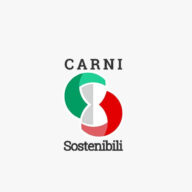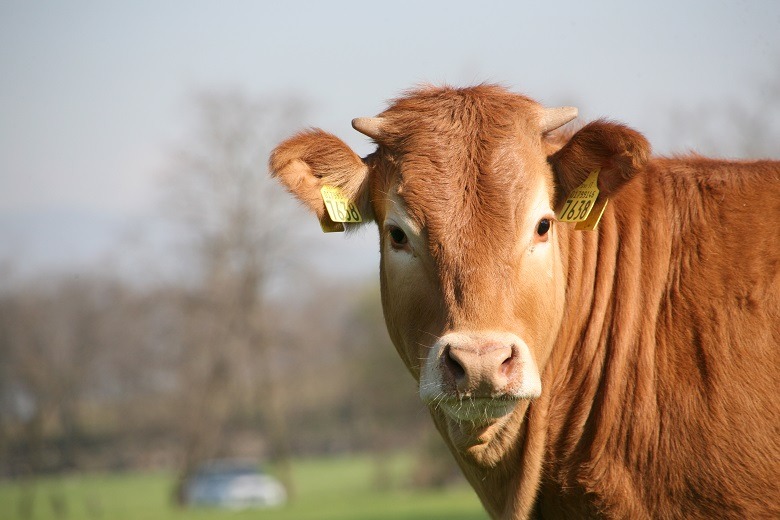
Animal welfare in modern livestock
As with all food products, also livestock production is constantly increasing and this involves, on the part of the operators a constant search for efficiency. This, one should admit, has over the years resulted in some critical situations as some aspects of sustainability, such as the one for animal welfare, have been put into the second place compared to the economic one, which has always been the main driver of a productive enterprise.
It is also necessary to observe, however, even though not always at the same speed among the various industrial sectors, that things are changing and many entrepreneurs have started considering animal health among the subjects relevant to the sustainability of their business, especially when the vision is far-sighted: it is only in medium or longterm horizons that investment without immediate return, such as those of animal welfare, give their fruits.
In the case of livestock, the principles laid down by the five freedoms should be guaranteed mainly by paying attention to the rearing phase, but also to transport and slaughter. To regulate these and other factors the legislation, first Community and then National, intervened establishing specific criteria that represent minimum thresholds to be respected.
Intervention in legislature was joined, with a remarkable growth in recent years, by the development of a large number of standards and voluntary initiatives, brands and certifications to ensure compliance with certain characteristics in breeding permitting, among other things, a higher level of well-being.
It is for example the case of awards for animal welfare and standards for breeding proposed by nongovernmental organisations such as Compassion in World Farming and the RSPCA, or product standards such as organic, for the attainment of which are provided stringent requirements for farming conditions.
The Sustainable Meat Project


